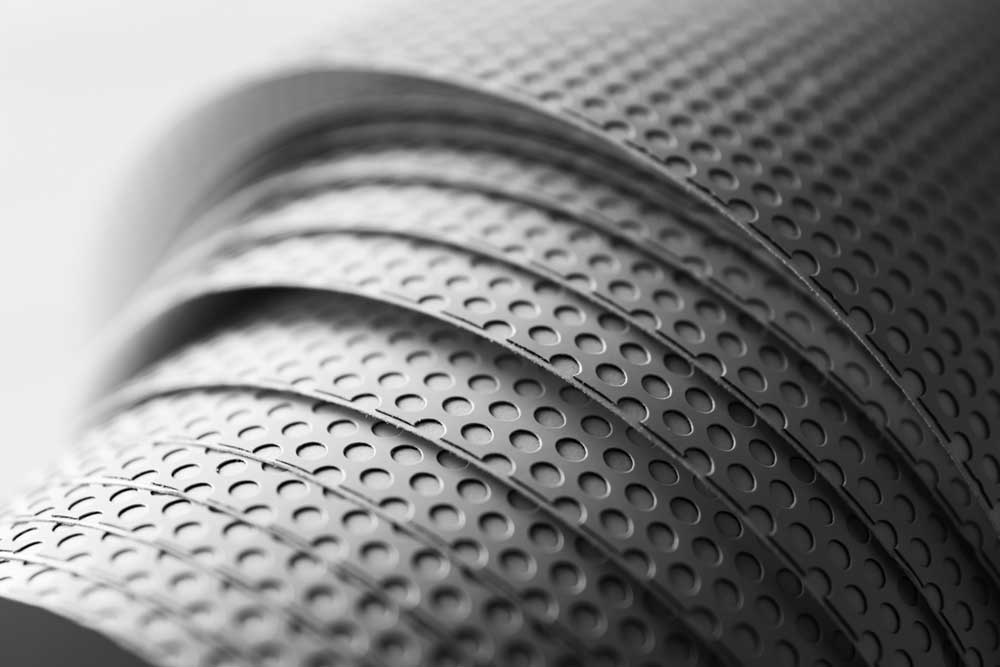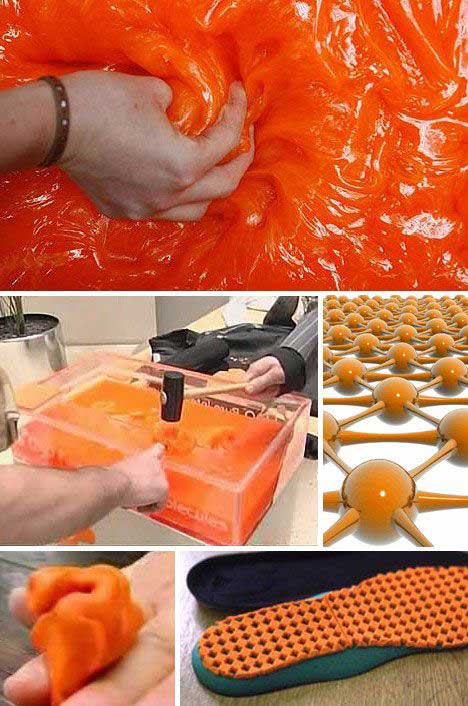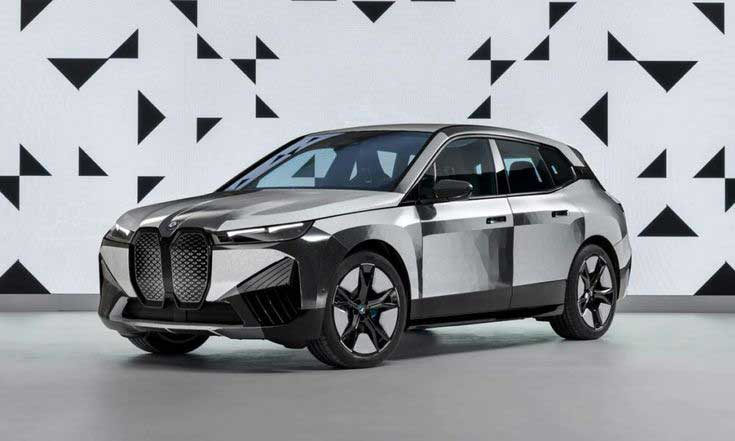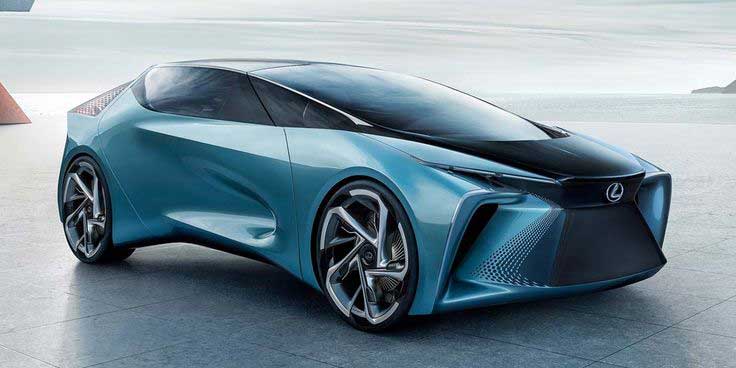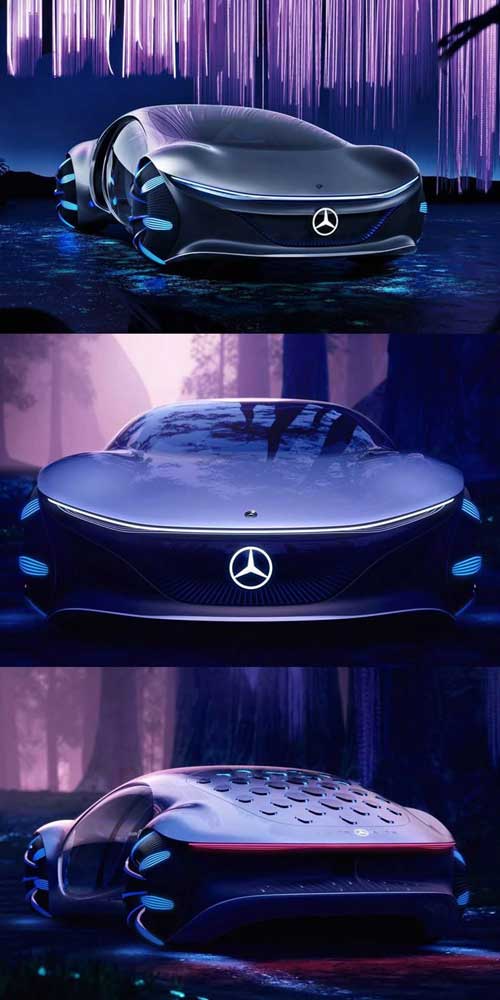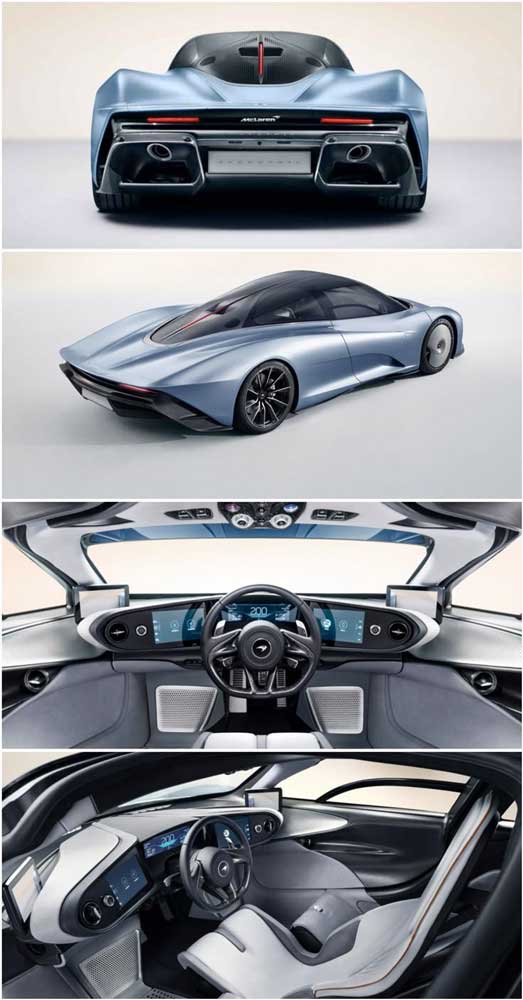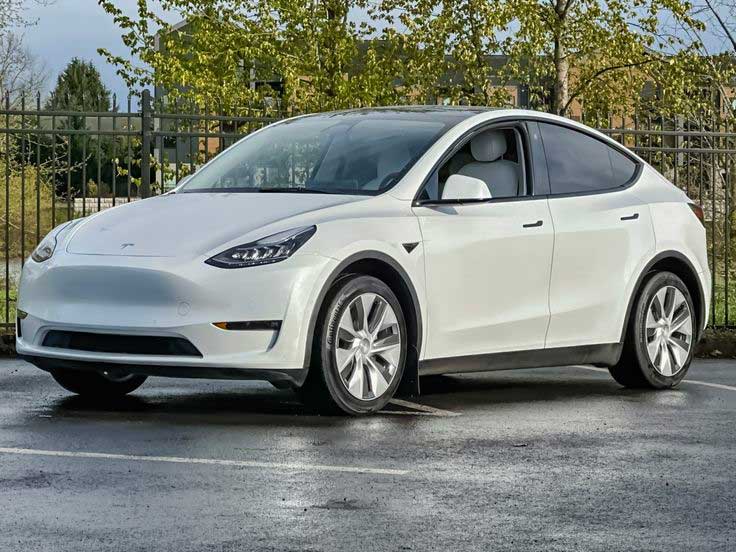Smart, Adaptive Materials: The Future of Vehicle Design
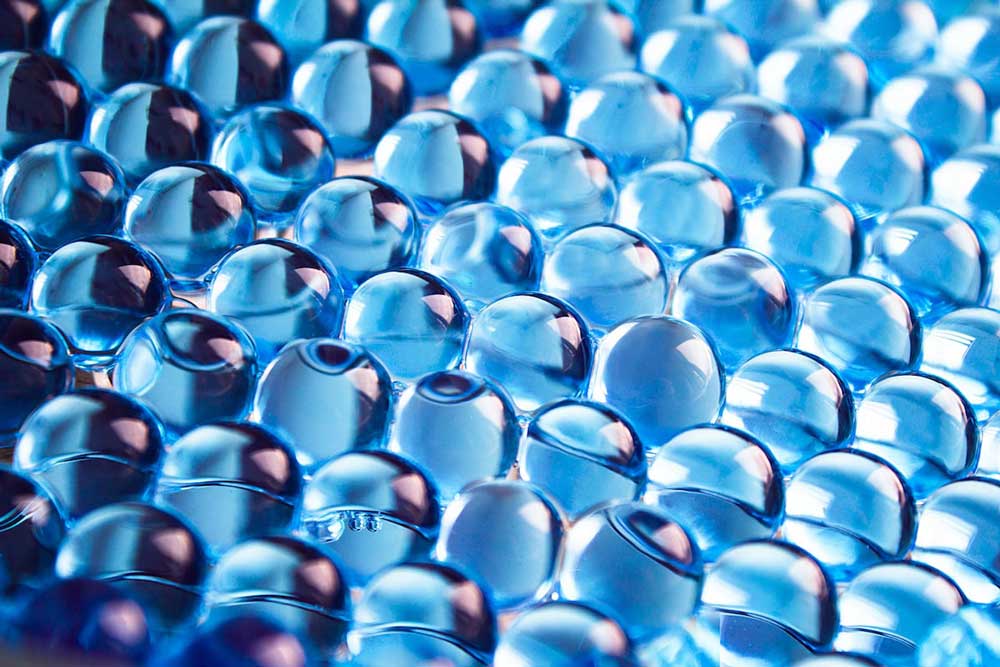
The automotive industry is undergoing a transformation with the introduction of smart, adaptive materials—materials that respond dynamically to environmental changes, user inputs, and driving conditions. These innovations enhance vehicle safety, efficiency, and aesthetics, pushing transportation design into a new era. From color-changing exteriors to self-healing surfaces, smart materials are redefining how vehicles function and interact with their surroundings. This blog post explores the impact of these materials on vehicle design and how they are shaping the future of mobility.
The Evolution of Smart, Adaptive Materials in Vehicle Design
Smart materials have evolved from experimental concepts to practical applications in modern vehicles. The rise of autonomous vehicles, electric mobility, and sustainable design has accelerated the demand for adaptive solutions. Key developments include:
- Shape-Memory Alloys: Materials that return to a pre-set shape when exposed to heat or electrical currents.
- Self-Healing Paints and Surfaces: Coatings that repair minor scratches using microcapsules or polymer networks.
- Color-Changing Materials: Electrochromic and thermochromic coatings that alter a vehicle’s exterior based on temperature or electric input.
- Aerodynamic Adaptation: Active materials that adjust air resistance and improve fuel efficiency by altering surface contours.
- Lightweight, High-Strength Composites: Carbon fiber and nanomaterials that enhance structural integrity while reducing weight.
Key Technologies Behind Smart Materials in Vehicles
The integration of smart materials in transportation design is powered by several advanced technologies, including:
- Nanotechnology: Enhancing material durability, flexibility, and energy efficiency at the microscopic level.
- Electroactive Polymers: Materials that contract or expand in response to electrical stimulation, useful for adjustable surfaces.
- Piezoelectric Materials: Generating electrical energy from vibrations, potentially powering in-car systems without traditional batteries.
- Hydrophobic and Oleophobic Coatings: Repelling water and oil, keeping vehicle exteriors clean with minimal maintenance.
- Bioengineered Materials: Sustainable alternatives such as biodegradable composites and plant-based plastics.
Benefits of Smart, Adaptive Materials in Transportation
The adoption of adaptive materials in vehicle design offers multiple advantages:
- Enhanced Safety: Smart glass for windshields can adjust tinting to reduce glare and improve visibility.
- Improved Aesthetics: Color-changing exteriors allow for customization without repainting.
- Sustainability: Lightweight materials reduce fuel consumption and enhance EV efficiency.
- Reduced Maintenance Costs: Self-healing surfaces extend the lifespan of vehicle exteriors.
- Better Aerodynamics: Shape-shifting panels improve vehicle performance and energy efficiency.
- Comfort and Personalization: Temperature-responsive fabrics adjust seating conditions for passenger comfort.
How to Integrate Smart Materials into Vehicle Design
For automotive designers and engineers, the integration of smart materials requires strategic planning and innovative thinking. Key considerations include:
- Material Selection Based on Functionality: Choosing shape-memory alloys for moving parts or self-healing polymers for exterior durability.
- Energy Efficiency & Power Consumption: Ensuring electrochromic and piezoelectric materials do not overburden vehicle power systems.
- Seamless Aesthetic Integration: Designing materials to blend naturally with existing vehicle forms.
- User Interaction & Control: Developing intuitive interfaces that allow drivers to adjust material properties when needed.
- Regulatory Compliance & Safety: Ensuring that adaptive materials meet road safety standards and durability requirements.
Case Studies: Real-World Applications of Smart Vehicle Materials
1. BMW iX Flow – Color-Changing Exterior
BMW’s iX Flow uses E Ink technology to alter its exterior color with digital commands, offering a glimpse into future customization options.
2. Lexus LF-30 Concept – Self-Healing Paint
Lexus’ LF-30 concept vehicle incorporates a self-healing coating that repairs scratches, reducing the need for refinishing.
3. Mercedes-Benz Vision AVTR – Bio-Responsive Controls
This futuristic concept car features materials that respond to human interaction, including biometric-controlled surfaces.
4. McLaren Speedtail – Active Aerodynamic Materials
McLaren’s Speedtail hypercar uses adaptive materials in its flexible rear ailerons, which adjust shape for optimal aerodynamics.
5. Tesla Model Y – Sustainable Interior Materials
Tesla’s approach includes vegan leather and recycled materials, showcasing the sustainability aspect of smart materials in production cars.
Conclusion
Smart, adaptive materials are pushing the boundaries of transportation design, making vehicles more efficient, customizable, and sustainable. Whether it’s self-healing surfaces, color-changing exteriors, or energy-generating materials, these innovations are transforming how vehicles function and interact with users. As these materials become more commercially viable, automakers that embrace these technologies will set new standards for performance, aesthetics, and sustainability in the automotive industry.
References
- BMW Group. (2023). “E Ink in Automotive Design.” Retrieved from www.bmwgroup.com
- Tesla, Inc. (2023). “Sustainable Materials in EV Interiors.” Retrieved from www.tesla.com
- McLaren Automotive. (2023). “Active Aerodynamics in Performance Vehicles.” Retrieved from www.mclaren.com
- Mercedes-Benz. (2023). “The Future of Bio-Responsive Vehicles.” Retrieved from www.mercedes-benz.com
- Lexus. (2023). “Self-Healing Paint Technology.” Retrieved from www.lexus.com
